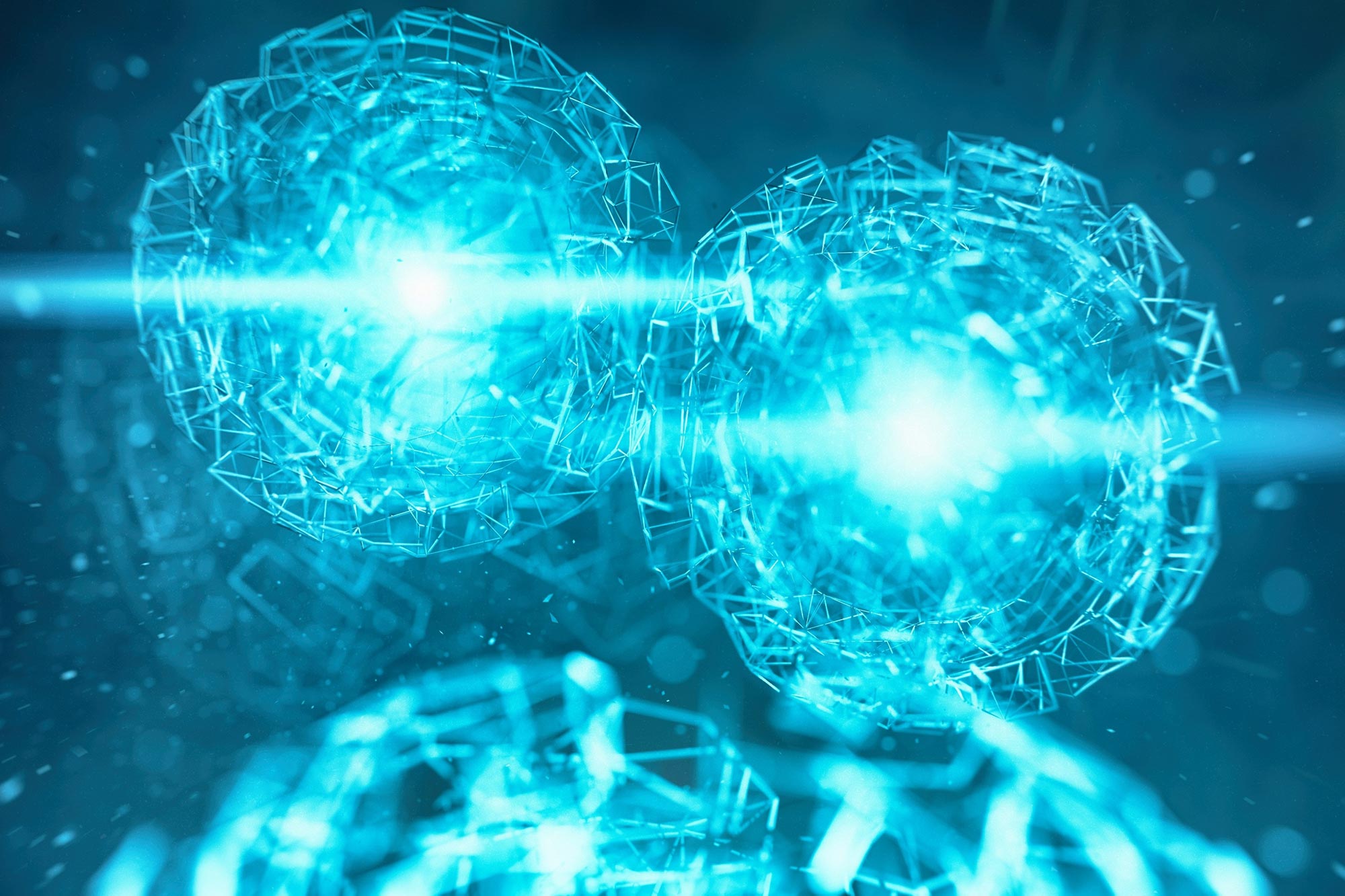Recent experiments conducted by researchers at TU Wien using neutron beams have produced results that challenge the principles of classical physics, suggesting that the strange properties posited by quantum theory indeed reflect reality. These findings, published in the journal Physical Review Letters, mark the first successful test of the Leggett-Garg inequality with neutrons, an approach that questions whether objects can exist in multiple states simultaneously— a concept known as quantum superposition.
The Leggett-Garg inequality, developed in 1985, is designed to test macroscopic realism in the quantum context. Macroscopic realism posits that objects possess definite properties irrespective of observation. In classical terms, this means a ball has a specific position and speed whether we see it or not. However, quantum theory allows for a particle to be in different states simultaneously, which should not be possible under macroscopic realism. The recent neutron beam experiments demonstrated that such classical explanations fall short: the neutron beams were found to simultaneously travel different paths, violating the Leggett-Garg inequality.
Stephan Sponar from the Atomic Institute at TU Wien and his team used a neutron interferometer to conduct these tests. This device splits a neutron beam into two separate paths that later recombine. The experimental results confirmed that every neutron traveled both paths at the same time, a clear exhibition of quantum superposition on a scale of several centimeters—substantial by quantum standards.
This experiment not only strengthens the case for quantum theory but also raises intriguing questions about the application of quantum mechanics to larger, macroscopic objects. Could the macroscopic world we are familiar with also display quantum behaviors under certain conditions?
These findings from TU Wien serve as a profound reminder of the mysterious and fundamental nature of quantum mechanics in shaping our understanding of the universe. For a deeper dive into the research details, you can read the full paper titled “Violation of a Leggett-Garg Inequality Using Ideal Negative Measurements in Neutron Interferometry” in Physical Review Letters, or visit the summary at SciTechDaily.
